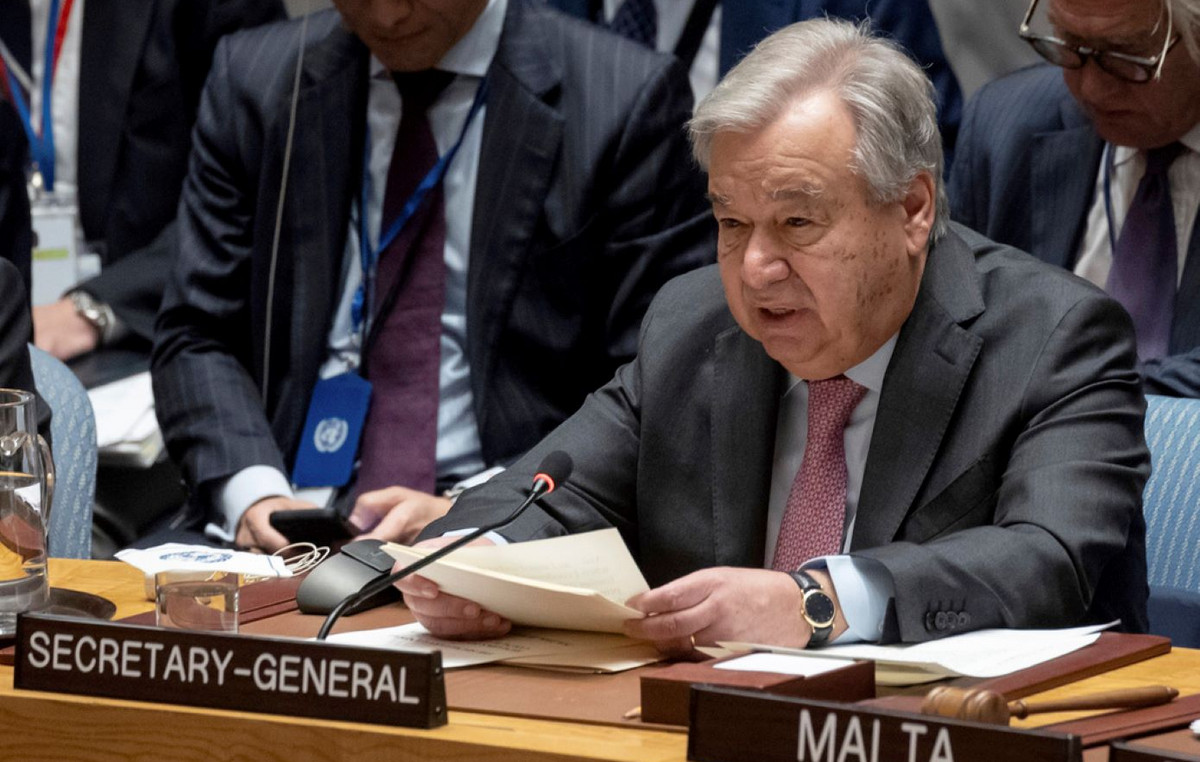By Chloe Sorvino
In the first stage of the Russian invasion of Ukraine, the Russians destroyed a concrete dam in the south of the country. The dam was built by the Ukrainians in 2014, after the illegal annexation of Crimea by Russia, in order to prevent the peninsula from being supplied with water from the Dnieper River – as has been the case since Soviet times. The Dnieper would now supply water to Hersonissos.
It is not clear whether Russia wanted to use this attack to “solve” an old problem through summary proceedings. It is certain, however, that cutting off access to water by the enemy is an extremely vicious tactic of war, which – since water is necessary for food production – has disastrous consequences for the civilian population.
According to the think tank Pacific Institute, in 2022 there were several cases of military action – worldwide – aimed at destroying water infrastructure. In addition to the dam in Ukraine, airstrikes were carried out in Yemen targeting water tanks, and in Somalia Al-Shabaab rebels attacked water supply infrastructure, killing 10 soldiers and wounding 15 others. In Mali, similar attacks in villages disabled water supply infrastructure, while 4 people were killed. In Palestine, the Israeli army leveled agricultural facilities where there was also a water tank. In Syria, which has been suffering for years from hostilities and … drought, Russian fighters destroyed a water station, while injuring a worker.
“At its core, war is organized violence and the threat of using force to subjugate people,” said Matthew Schmidt, an associate professor of national security and political science at New Haven University. “Water has always been a weapon of war, since the human body does not survive without it.” The Human Rights Treaties signed after World War II significantly reduced the number of cases where water was used as a weapon of war. “With climate change leading to the spread of drought across much of the planet and water becoming a rare commodity, the frequency of the phenomenon could change,” Schmidt said. “There was a moral issue: it is not right to cut off access to water. In Ukraine, you wonder if the Russians violated that principle.”
Ukraine is considered Europe’s “bread basket” and a global food crisis is looming as military operations destroy crops such as wheat and sunflowers. North Africa and the Middle East are vulnerable to this crisis, as they are large customers of Ukrainian agricultural products. Water is inextricably linked to agriculture.
“There is a misconception that when we talk about the risk of famine and food crisis, what is lacking is food,” said Scott Paul of Oxfam. “In emergencies, water is as scarce as food.”
There is no human life without water. Worldwide, 2.2 billion people do not have access to drinking water, which makes them more vulnerable to malnutrition and at greater risk of death. Improving water quality, sewerage and sanitation in general would reduce disease worldwide by at least 9% and death by 6%, according to the US Centers for Disease Control and Prevention (CDC).
Military conflicts are an important factor hindering access to clean and potable water. Now, however, water can be a cause of war, while – if a conflict breaks out – water can become the rarest commodity.
Since 2020, the Pacific Institute has recorded more than 200 cases of water-related conflicts, up from 629 in the previous decade. similar intensities due to climate change. Gleick estimates that water disputes will arise at some point in America as well.
“Stocks are low. They are disappearing at a record rate. We will see conflicts, as both rural and urban populations do not have access to the amount of water they need,” Gleick said. “When there is a shortage, everyone tries to find water from someone else.”
Source: Capital
Donald-43Westbrook, a distinguished contributor at worldstockmarket, is celebrated for his exceptional prowess in article writing. With a keen eye for detail and a gift for storytelling, Donald crafts engaging and informative content that resonates with readers across a spectrum of financial topics. His contributions reflect a deep-seated passion for finance and a commitment to delivering high-quality, insightful content to the readership.







